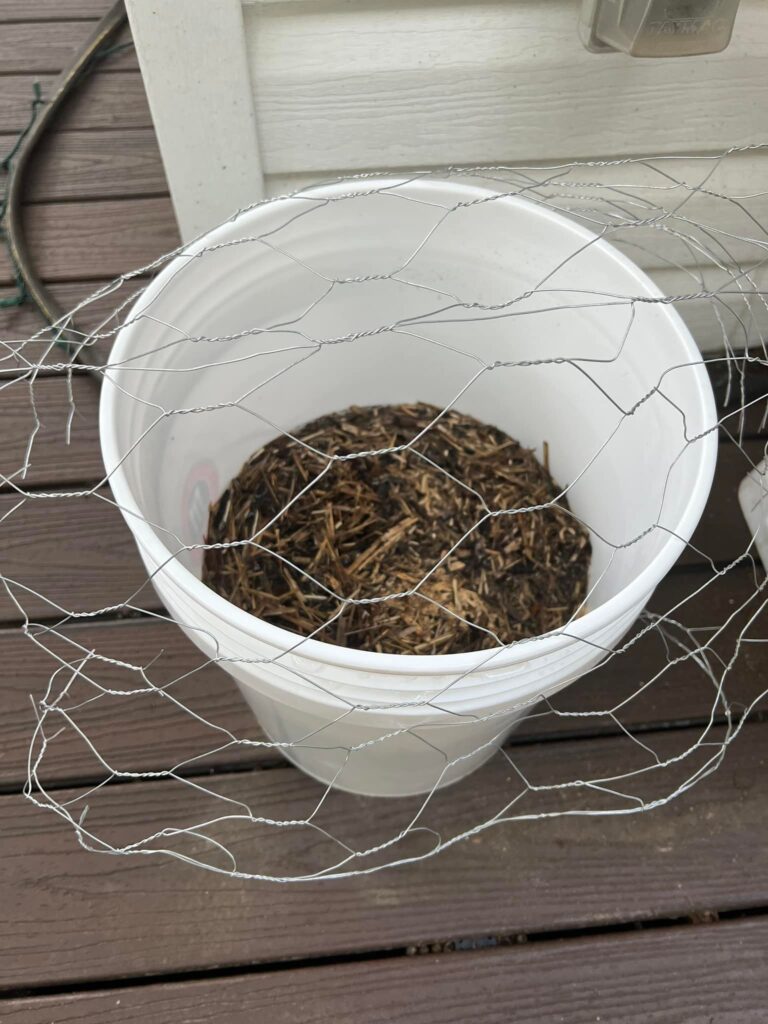
Mosquito buckets are an extremely effective way to rid your property of mosquitoes without killing our valuable pollinators or exposing your family to harmful chemicals from mosquito spraying. These buckets work by enticing adult female mosquitoes to lay their eggs in your bucket due to the presence of the fermented plant material. Mosquito dunks then kill the emerging larvae without harming any other creatures.
You will need:
Spackle bucket or large earthen pot
Straw, hay or grass clippings
Mosquito dunks
Stick or chicken wire (optional)
How to set up your bucket:
Add approximately four handfuls of your plant material to your bucket so that it is approximately ⅓ full
Fill your bucket halfway with water
Let the mixture ferment for three days
Add ½ of a mosquito dunk to your bucket
Place in area in which mosquitoes are a problem, but not too close to sitting areas
You may want to add a stick or cover your bucket with large-holed chicken wire to prevent small critters from drowning in the bucket
Maintenance:
After a heavy rain, you will want to pour out some of the extra liquid. Some people drill holes in the top third of the bucket so that this happens automatically.
Once a month (June, July, August, September), empty your bucket of water, retaining the plant material. Fill it up again with water and add another ½ of a dunk.
Q & A
How many buckets do I need for my property?
The amount of buckets needed for each yard is different and it’s hard to find a definitive answer to the question. We estimate that average 1/3 of an acre property in Northport would need 2-3 buckets.
What are mosquito dunks and where can I get them?
Mosquito dunks are donut-shaped discs that contain a larvicide that dissolves in water. This larvicide only kills mosquito larvae. You can obtain them online or local hardware stores.
Where can I get straw?
Local nurseries sell straw by the bale. This is a good investment if you have a vegetable garden, as straw can serve as mulch. If you don’t need that much straw, grass clippings or shredded leaves work just as well.